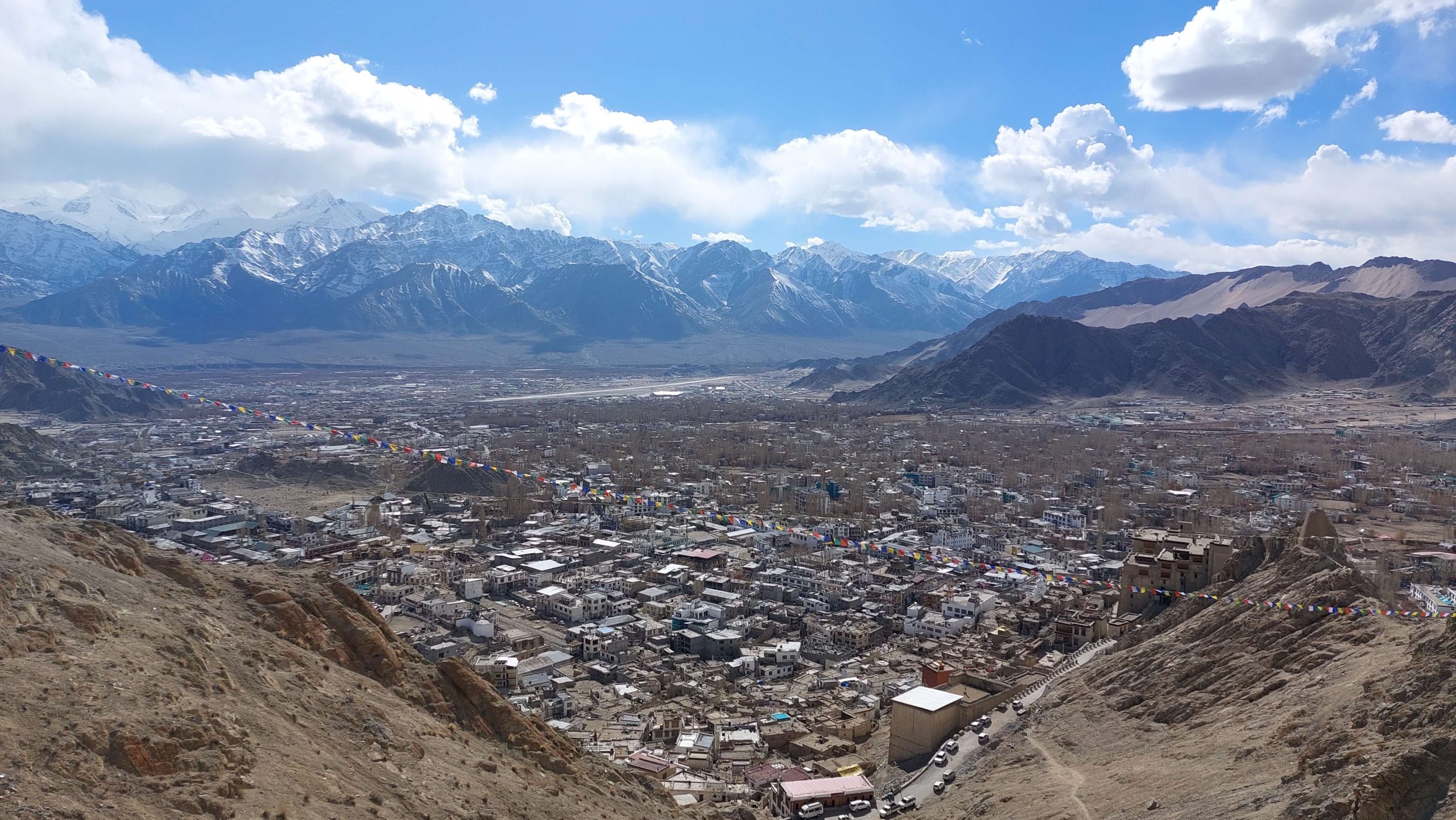
Ladakh, India
Learning from Ladakh
Article by Saurav Dhakal
I feel lucky to get an opportunity to visit Ladakh, also known as the “Land of High Passes,”, the northernmost region of India. The people of Ladakh have a unique culture and way of life that has evolved over centuries in the harsh and rugged environment of the Himalayan mountains.
We stayed at a Farm where Amaly, the mother, takes care of the homely environment. The people of Ladakh have developed a sustainable way of living that is in harmony with the natural environment by practicing traditional agriculture techniques such as terrace farming and fruits, the special is Apple and Apricot.



Our visit was more focused on learning about the Ice Stupa, also known as artificial glaciers or ice pyramids, which are people-made ice structures that are used for storing water in areas where water is scarce. Before exploring, we visited Students’ Educational and Cultural Movement of Ladakh (SECMOL), which uses a student-centered approach to education and teaches subjects such as Ladakhi culture, sustainable living, and social entrepreneurship established by Sonam Wangchuk and his team.
Sonam Wangchuk is an innovator and education reformist from Ladakh who has made significant contributions to sustainable development and education in the region. Wangchuk is a strong advocate of social entrepreneurship, which he believes can help to address social and environmental issues while also creating economic opportunities. He established the Himalayan Institute of Alternatives Ladakh (HIAL), which offers training in social entrepreneurship and sustainable development.
Sonam Wangchuk, also developed the concept of ice-stupas as a way to address the water shortage in the region. The basic idea behind the ice-stupas is to store winter snowfall in the form of an ice cone, which melts slowly over the course of the summer, providing a reliable source of water for irrigation and other purposes.

The construction of an ice-stupa involves creating a conical mound of snow and compacting it to form a solid core. The core is then covered with a layer of ice, which helps to insulate it and prevent the water from melting too quickly. The final step is to cover the ice layer with a layer of snow, which further insulates the core and helps to keep it cool.
Ice-stupas have proven to be an effective way of storing water in areas where traditional methods such as dams and reservoirs are not feasible due to the high cost and environmental impact. They have been successfully implemented in various parts of the world beside the ladakh and few locations of Nepal like Dolpa, Lo Manthang and new pilots will be in Langtang.
Ladakhis have faced many challenges over the centuries, including natural disasters, political instability, and economic hardship. However, they have shown remarkable resilience and have been able to adapt to changing circumstances while preserving their cultural heritage.